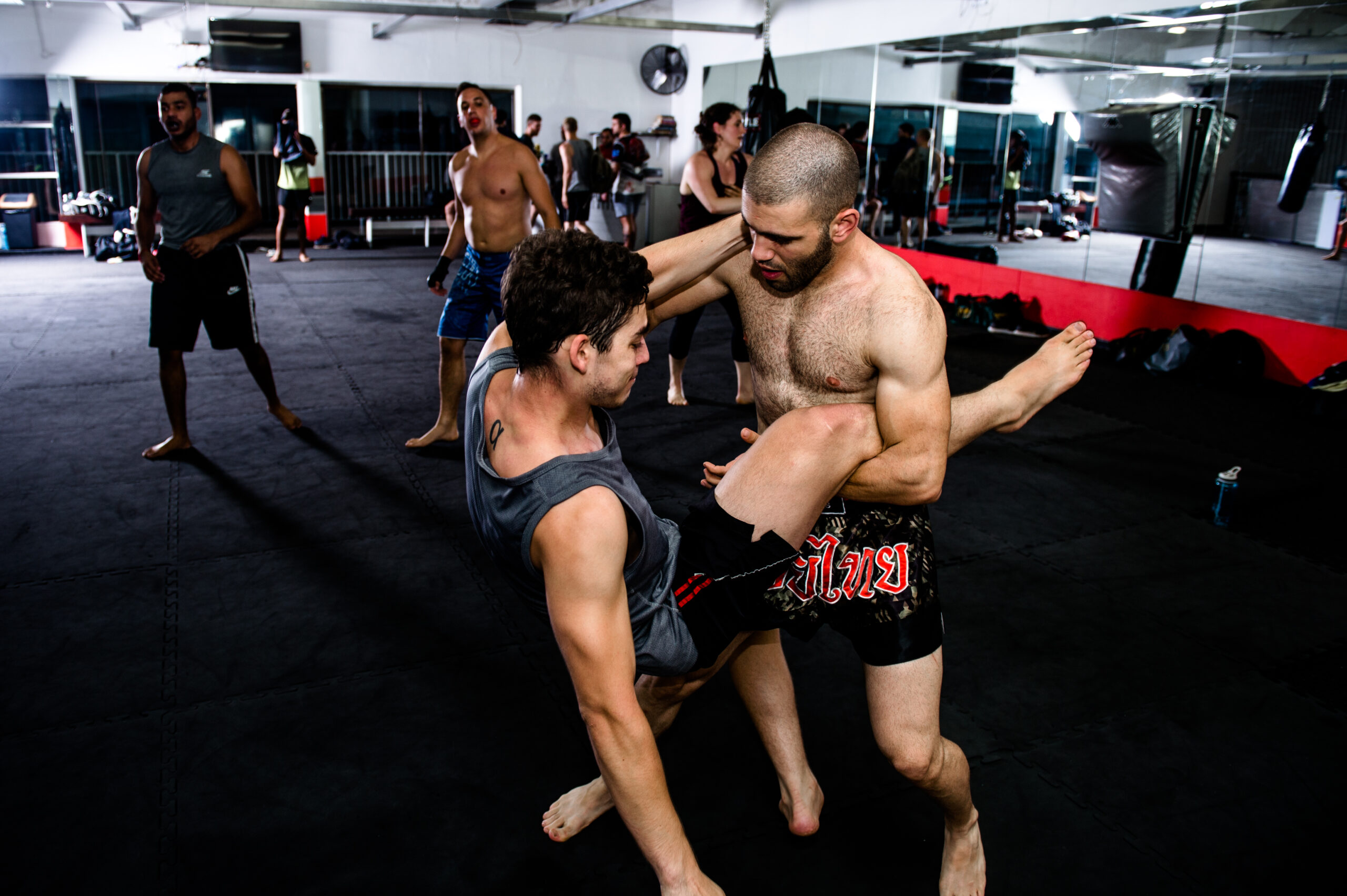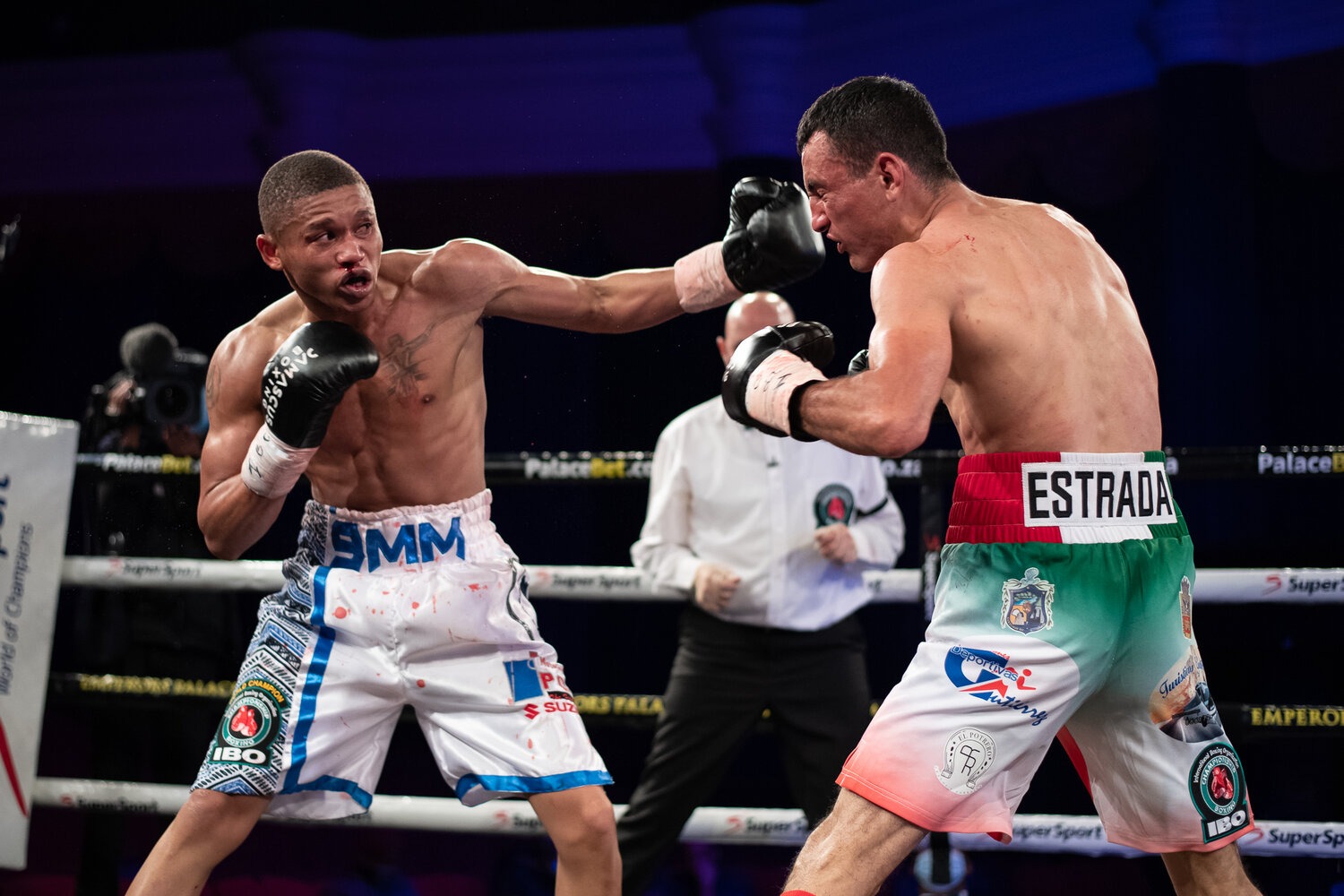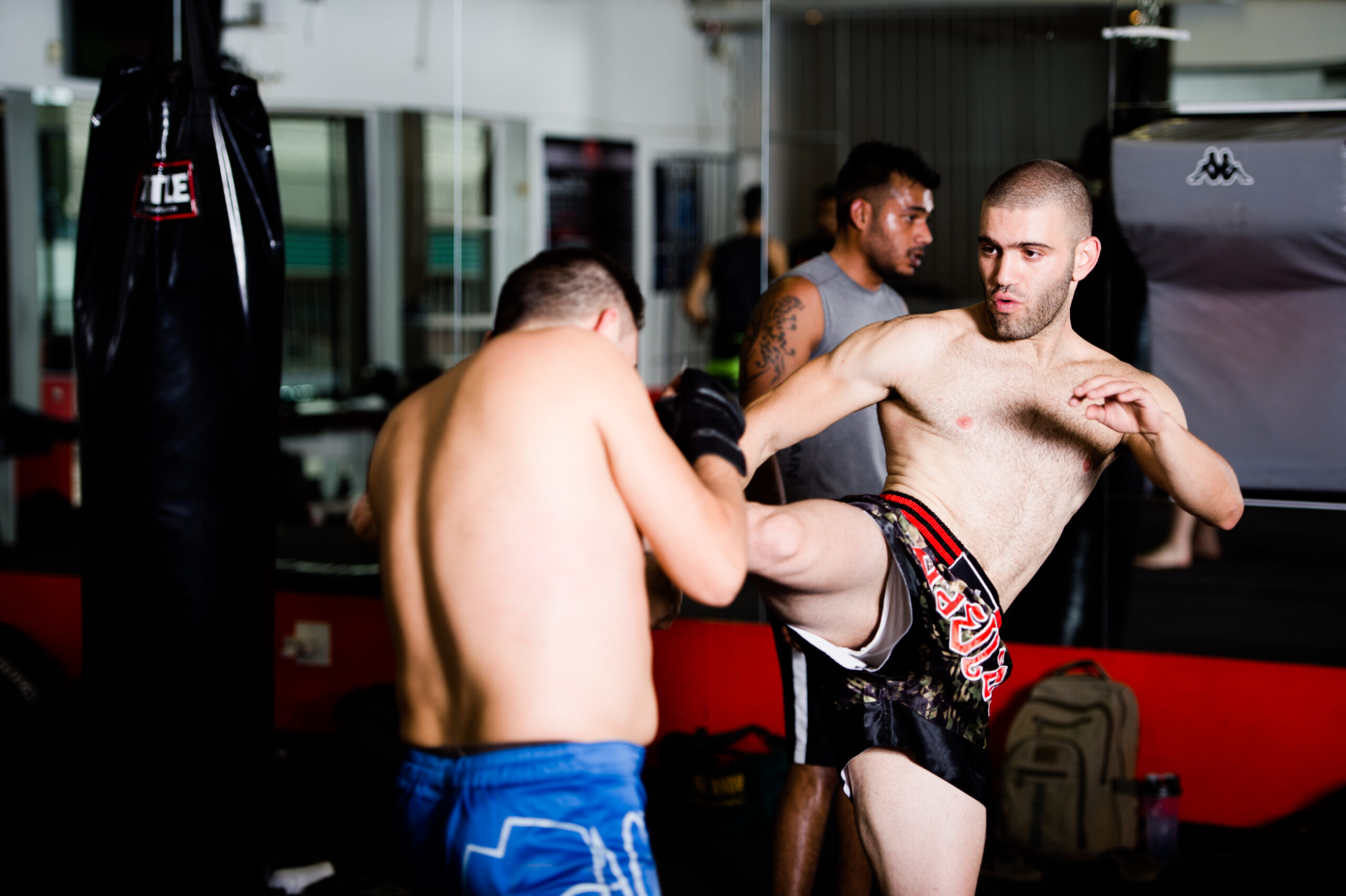No products in the cart.
Debunking Myths: Combat Sports’ Surprising Safety in Comparison to Soccer, Basketball, and Hockey
Introduction:
Combat sports have long been misunderstood and often unfairly labeled as dangerous activities. In this comprehensive exploration, we will dispel common myths and shed light on the surprisingly low danger associated with combat sports when compared to mainstream sports like soccer, basketball, and hockey. By examining injury data, safety measures, and the controlled environments in which these activities take place, we aim to challenge preconceived notions and provide a nuanced understanding of the risks involved.
Section 1: Combat Sports – Breaking Stereotypes
A. The Unfair Stigma
Combat sports, including disciplines like boxing, MMA, and Brazilian Jiu-Jitsu, have suffered from stereotypes perpetuated by sensationalist media portrayals. These depictions often focus on the intense moments of competition, overshadowing the discipline, control, and safety measures inherent in these sports.
B. Controlled Violence
It’s crucial to differentiate between the perceived danger of combat sports based on stereotypes and the reality of the controlled environment in which these sports operate. Combat sports are rooted in discipline, technique, and respect for opponents, emphasizing controlled violence within the boundaries of established rules.
Section 2: Comparative Injury Analysis
A. Combat Sports Injury Rates
Contrary to popular belief, comprehensive studies consistently show that combat sports have lower injury rates compared to mainstream sports like soccer, basketball, and hockey. While minor injuries may occur, severe injuries are statistically rare due to the emphasis on technique, control, and adherence to regulations.
B. Soccer and Basketball Injury Rates
Soccer and basketball, often considered less dangerous, surprisingly carry higher injury rates. In soccer, sprains, strains, and fractures are common, while basketball players face risks of ankle sprains, knee injuries, and concussions due to the fast-paced and physically demanding nature of the game.
C. Hockey’s Hazards
Hockey, played on ice with high-speed maneuvers and physical contact, presents its own set of risks. Injuries such as falls, collisions, and impacts from the puck or sticks contribute to the sport’s injury rates.
Section 3: Safety Measures in Combat Sports
A. Protective Gear
Combat sports prioritize athlete safety through the use of protective gear. Headgear, mouthguards, gloves, and other specialized equipment are standard requirements, minimizing the risk of injuries and ensuring that athletes can train and compete safely.
B. Referees and Regulations
Combat sports competitions are closely monitored by experienced referees who enforce strict rules. Any action deemed unsafe or violating the rules results in penalties or disqualification. This vigilant oversight significantly reduces the likelihood of injuries caused by reckless or dangerous behavior.
C. Medical Support and Pre-fight Screening
Professional combat sports organizations prioritize athlete health by providing thorough pre-fight medical screenings. These screenings assess the athlete’s physical condition and ensure they are fit to compete. Additionally, on-site medical support is a standard feature, ensuring prompt care in case of injuries.
Section 4: The Psychological Aspect of Safety
A. Mental Preparedness
Combat sports athletes undergo extensive mental preparation, developing a heightened sense of situational awareness and a controlled response to stress. This mental fortitude reduces the likelihood of impulsive or dangerous actions during training or competition, contributing to an overall safer environment.
B. Risk Perception in Combat Sports
Athletes in combat sports are acutely aware of the risks involved, and this heightened risk perception influences their training and competition behaviors. The mutual respect between opponents and the understanding of the potential consequences of unsafe actions contribute to a culture of safety within the combat sports community.
Section 5: The Role of Sports Culture
A. Promoting Respect and Discipline
Combat sports cultivate a culture of respect and discipline. Athletes are trained to acknowledge and appreciate their opponents, emphasizing that the goal is not to cause harm but to demonstrate skill and technique. This culture of respect contributes to a safer and more controlled competitive environment.
B. Encouraging Responsible Coaching
Coaches in combat sports play a pivotal role in promoting safety. Responsible coaching focuses on proper technique, gradual skill development, and injury prevention. Coaches actively discourage reckless behavior and instill in athletes a sense of responsibility for their own safety and that of their training partners.
Section 6: Conclusion
In conclusion, combat sports, often unfairly labeled as dangerous, demonstrate a surprisingly low level of danger when compared to seemingly less risky sports like soccer, basketball, and hockey. The myths surrounding combat sports are dispelled by injury data, safety measures, and the unique culture that prioritizes respect and discipline. While injuries are an inherent risk in any physical activity, the controlled environment, protective gear, and stringent regulations make combat sports a safer pursuit than commonly perceived.
As more people become aware of the realities of combat sports and the efforts taken to ensure safety, the stigma surrounding these disciplines is likely to diminish. The focus on technique, strategy, and mental preparedness, coupled with a commitment to athlete well-being, positions combat sports as not only thrilling athletic endeavors but also as surprisingly safe and controlled activities. Whether you’re a seasoned practitioner or a curious observer, understanding the true nature of combat sports can reshape perceptions and foster a greater appreciation for the physical and mental discipline required in these transformative pursuits.









Leave a Reply